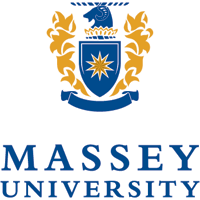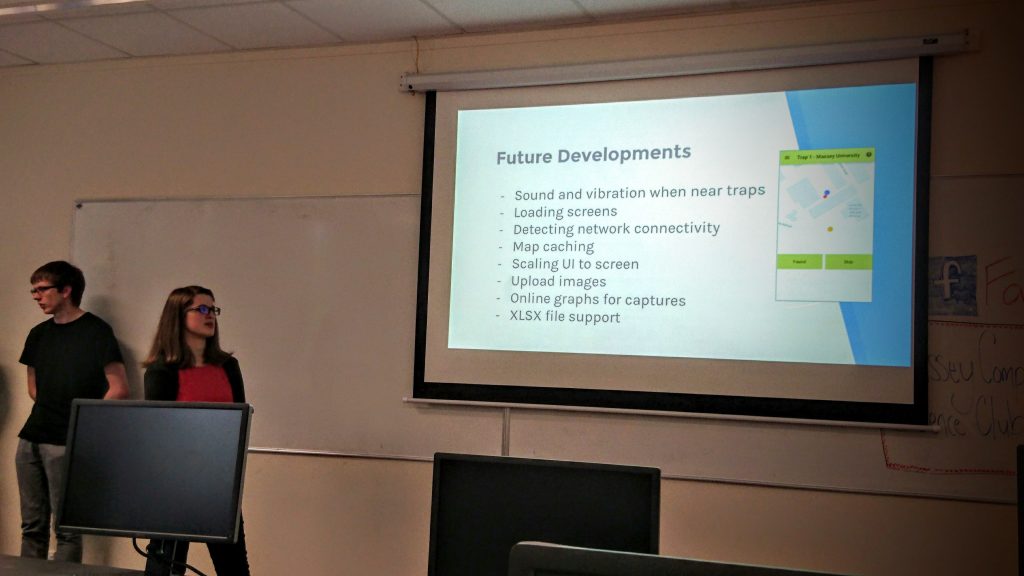 Massey University is a university in New Zealand, almost literally on the door step of Jonathan Giles. One of the things we are very proud of at Gluon is the huge uptake of Gluon Mobile inside universities – it helps students to create their software for Android and iOS easily, quickly, and with great looking results. Gluon also offers free student licenses as part of our free license program, so it is a risk-free opportunity to get to use a great solution for building mobile applications.
Massey University is a university in New Zealand, almost literally on the door step of Jonathan Giles. One of the things we are very proud of at Gluon is the huge uptake of Gluon Mobile inside universities – it helps students to create their software for Android and iOS easily, quickly, and with great looking results. Gluon also offers free student licenses as part of our free license program, so it is a risk-free opportunity to get to use a great solution for building mobile applications.
Jonathan, being an ex-student of Massey University, was invited along to presentations by two teams of students, and fortunately for us, Jonathan interviewed both teams. Today we have the first of the interviews, with two members from team one. We’ll post the second teams interview responses in the coming weeks.
Hi Jessica and Umesh – thanks for taking the time to chat with me. Could you please introduce yourself to everyone?
We are students at Massey University studying computer science. Jessica is in the final year of an undergraduate degree, and Umesh is completing a graduate diploma.
The reason we’re chatting today is because you were members of ‘team one’ in your final-year ‘capstone’ project. I was lucky enough to attend, and it was great to see what you guys are doing. Can you talk a little about what the purpose of this project was?
This semester as part of our final capstone project, we were tasked with creating a cross-platform app to help volunteers manage pest traps along the Manawatu Gorge. The purpose of this app was to help volunteers find the pest traps, and to record what was found in the traps to be sent to a central data store.
How many people were in your team, and what were their roles?
Our team had four members. The two of us worked on the app, while the other two (James and Cameron) created the website and backend.
How long did you have to build your software?
We had 12 weeks of semester to complete this project, which was used for requirements gathering, documentation, development and testing, and deployment.
So in 12 weeks you had to build a backend, a web client and a mobile client – that’s a pretty impressive feat! Are you happy with the outcome?
Overall, we’re very happy with what we managed to achieve within the 12 weeks, but of course would have loved more time to make it more polished.
In terms of the mobile client, you made use of Gluon Mobile, and Gluon happily granted you free student licenses. One of the requirements of your project (for passing!) was that you supported iOS and Android. How did Gluon Mobile work out for you in this regard?
Gluon Mobile allowed us to use Java, which we had all used in previous papers, to write our app once. This was awesome for us as we didn’t have to learn to write for both Android and iOS, but our app would still run on both. It was also useful to have the built-in features of Gluon and other Gluon tools, such as a side menu, popups, a title bar, and Gluon Maps, which meant we could simply use these without reinventing them ourselves.
Team One made use of some parts of Gluon Charm Down, but in your presentation I heard that there were a lot of missing features that were added just recently in Gluon Mobile 4.0.0 (and too late in your development cycle to make use of them). What did you most want that didn’t exist when you started coding, and are there any other features you’d like to see in future releases?
Three of the recently introduced features we would have loved to include in our app are the connectivity service, vibration service, and display service. We originally wanted our app to detect when it was connected to a network and automatically send the created data to the server. Instead we had the user push a button which asked them to try again if the server was not reached. We also wanted the user to get an alert when they got close to a trap, so they didn’t have to hold their phone and watch the map the whole time. Either vibrations or sound would have been a good alert method, but were not available to us. Vibration service has now been added, but sound is yet to be supported. Lastly, we had some trouble scaling our user interface to the device’s screen size, as we could not discover the required measurements. The newly released display service returns information about the device’s display, which could have been used to fix this issue.
Overall, what were the positives and negatives of working with Gluon?
It was useful to have access to example Gluon apps, along with documentation explaining how to create them yourself. Especially as this was our first time working with mobile apps, it was useful to have examples of working software we could play with and get ideas from. There’s also good instructions online to help developers set up and build a project, specific to each major IDE, which sped up our set up of the project.
You are both coming to the end of your exam season at my alma mater, Massey University. What are your plans for next year?
Jessica is working with Gluon over summer, and is then joining ASB’s technology graduate program in February. Umesh is looking to complete his studies next year.

Jessica presenting on possible future improvements that could be made.
Thanks so much for your time. Did you have anything else you wanted to say?
If anyone wants to check out our capstone project, it can be found at traptracker.pythonanywhere.com. The “About” page contains some more information about the project and links to our open source repositories.






